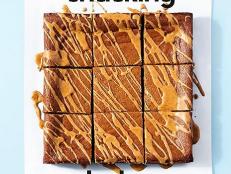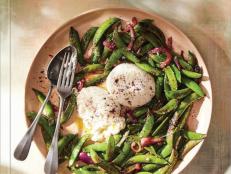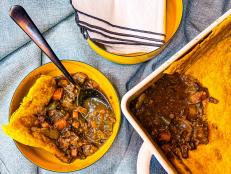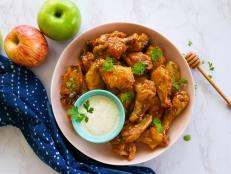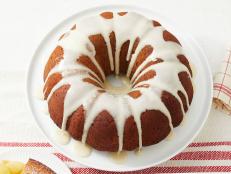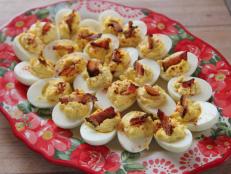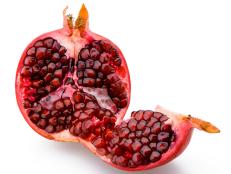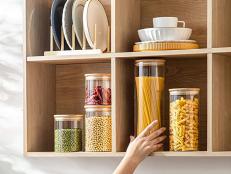Chatting with Prune’s Gabrielle Hamilton: Celebrating 15 Years and a New Cookbook
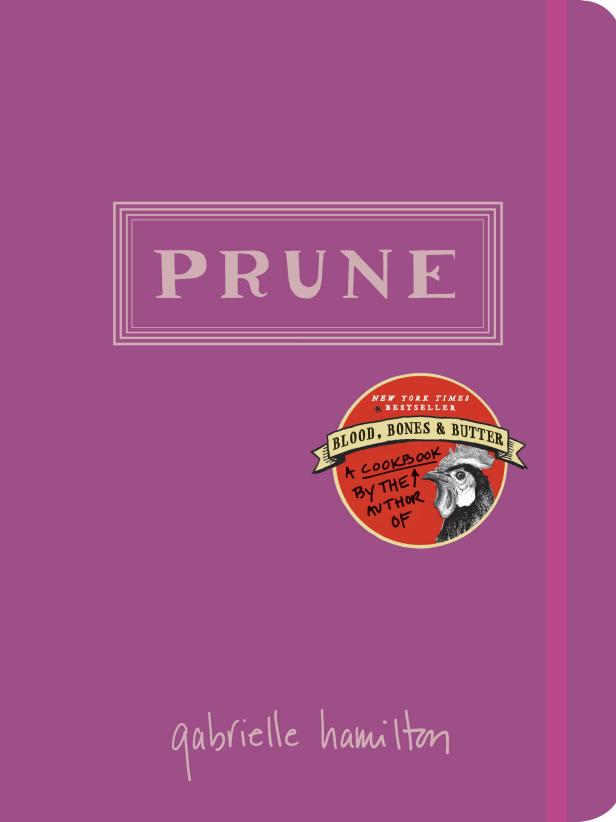
Writing a New York Times Best Seller is no easy task. Neither is keeping a New York City restaurant packed and popular for a decade and a half. But Gabrielle Hamilton has managed to do both. Her 2011 memoir, Blood, Bones & Butter, proved that she was as good a writer as she is a chef. Now she’s finally giving her fans the cookbook they’ve been clamoring for. And the release just so happens to coincide with Prune’s 15th anniversary as one of New York’s most-beloved restaurants.
I had offers to write a cookbook within the first 10 minutes of being open, but I had nothing to offer yet. Now I know what makes Prune, Prune, and I was able to make a book that hopefully can actually contribute something, not just litter up bookshelves. And I’m glad we waited. It was not planned this way, but as we started getting closer to bringing the book to a close, the publication date lined up perfectly with the restaurant’s 15th anniversary. The book is like an archive of those years
There are recipes that we get asked for all the time. So we gave it all away. I wanted to be openhanded and not hold back any secrets.
There’s a chapter in the book devoted to and honoring my now-deceased Italian mother-in-law. Hers is a voice that has stayed in my head when I cook. She taught me the importance of keeping things simple, fresh and delicious. And quirky. She never did any dish quite the same way twice. There’s also a chapter called “Garbage,” which will excite and relieve people like me who never want to throw away crusts of bread, zucchini tops, burnt toast. I picked up those thrifty habits directly from my own mother, who picked them up from her French wartime parents.
I will not throw away burnt toast. So I figured out ways to use it. I bury it in lamb stew or add it to anything that has too high of a tomato acidic flavor. It’s so useful that now I actually burn toast on purpose to use in recipes.
I don’t love to cook at home. I don’t enjoy it for all the same reasons you don’t: I don’t have enough time. I don’t have all the things I need or want. I don’t have enough space. I have children who don’t eat beautifully. That said, I do love to cook at home during my two-week summer vacation, when I have time to actually think about it and experiment and play. Some of my favorite meals are the ones I’ve created out of the dribs and drabs of leftovers I’ve found in the refrigerator. I love when leftovers become something intentional.
I only cook what I know really well and have learned directly. When I cook something, it’s something I know firsthand. That remains the same. But 15 years later I have had many more experiences. I’ve traveled more, spent time living in Italy. So my knowledge and my skill sets and talents have grown. That’s what’s changed, not my philosophy or my approach.

Set the eggplants directly on the burners of the stove and turn the flames to high. Allow the eggplants to char on all sides, turning intermittently with kitchen tongs, taking care not to puncture or split them when turning. They will do that on their own when they are cooked. The eggplants will smoke and spark and give off terrific aroma. Char eggplants over open flame for approximately 14 minutes, or until cooked through. When the skin splits and the eggplants start to collapse, place in a large stainless steel bowl and cover tightly with plastic film.
Let sit for 15 minutes to steam in their own blackened jackets, then uncover and let cool enough so you can handle them.
On a cutting board, with a sharp knife, split the eggplants in half from stem to base. Do not discard the bowl in which the eggplants steamed. With a large spoon, scoop out all the flesh and put it in a clean bowl, taking care not to carry along any of the bitter, charred black skin. Discard all the blackened skin.
In the bottom of the bowl in which the charred eggplants steamed there will be a rich and slightly viscous dark brown liquid with many flakes and bits of burnt and blackened eggplant skin swimming in it. Through a fine-mesh strainer, pour all of that delicious smokey liquid over the eggplant flesh, keeping all the blackened bits out.
Gently break down any large pieces of the eggplants by cutting it in the bowl with the sharp edge of the spoon or by taking a knife in each hand and giving the flesh a few scissors-like passes. The eggplant should be a little chunky but manageable.
Gently add in the olive oil, lemon juice, garlic, parsley, and salt, taking care not to overstir, lest you end up with a kind of unattractive muddy and gluey appearance. A fork, gently combed through when adding the final ingredients, is the best tool.
All of the beautiful varieties of eggplant work well, but the skinny Japanese kind are tedious to work with since they don’t yield as much flesh — use the larger varieties for efficiency. It tastes best at room temperature, so be sure to remove from the refrigerator in advance to allow it to shake off the dulling chill.
Serve a good spoonful of eggplant with two slices of flatbread of your choice and some grilled lemon slices. Drizzle with extra virgin olive oil.
Excerpted from PRUNE by Gabrielle Hamilton. Copyright © 2014 by Gabrielle Hamilton. Excerpted by permission of Random House, A Penguin Random House Company. All rights reserved. No part of this excerpt may be reproduced or reprinted without permission in writing from the publisher. Photos by Eric Wolfinger.
Sally Wadyka is a Boulder, Colorado-based journalist who writes about nutrition, health and wellness.
























